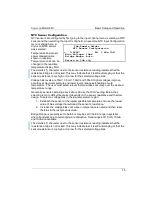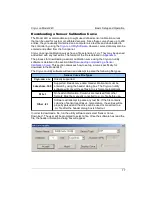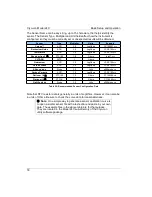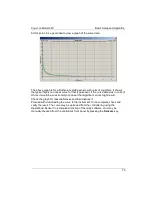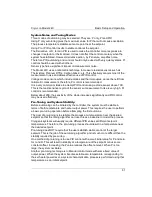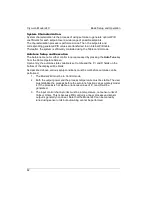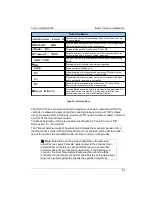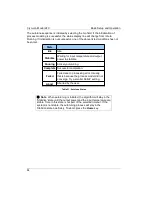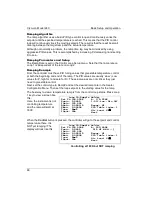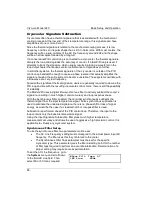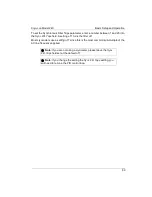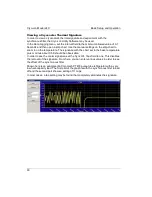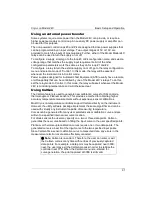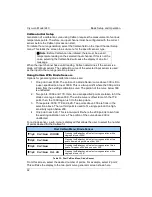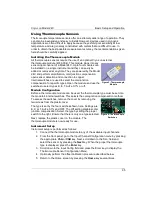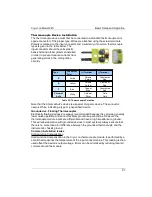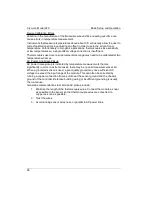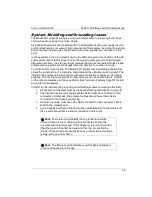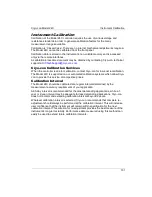
Cryo-con Model 24C
Basic Setup and Operation
Cryocooler Signature Subtraction
Cryocoolers often have a thermal signature that is associated with the mechanical
cooling process. At the low end of their temperature range, this signature can have
amplitudes of one or more Kelvin.
Since the thermal signature is related to the mechanical cooling process, it is low
frequency and has an irregular shape that is rich in harmonics. With most coolers, the
frequency will be a sub-multiple of the AC line frequency around 2Hz and the shape
will be a narrow spike followed by a long lull.
If a conventional PID control loop is connected to a cryocooler, the thermal signature
disrupts the loop and degrades the accuracy of control. If a fast PID loop is used, it
attempts to track the signature, which usually results in placing a waveform on the
loop output heater that causes control performance to degrade even further.
In still other systems, the thermal signature of the cryocooler is outside of the PID
control loop bandwidth enough to cause a phase reversal that actually amplifies the
signature causing the entire system to become unstable. These systems oscillate with
a sine-wave at a very low frequency.
Faced with a significant thermal signature, users are generally required to de-tune the
PID loop and live with the resulting inaccurate control. Here, there is still the possibility
of instability.
The Model 24C uses a digital time-synchronous filter to actively subtract the cooler’s
signature, resulting in much higher control accuracy and loop responsiveness.
With the Synchronous Filter enabled, the controller synchronously subtracts the
thermal signal from the input temperature signal. Since synchronous subtraction is
used to eliminate the undesired signature, there is no phase-shift or loss of signal
energy, as would be the case if a classical notch or low-pass filter is used.
Subtraction is performed ahead of the PID control loop. Therefore, the input to the
loop contains only the baseline temperature signal.
Using the Input Signature Subtraction filter gives much higher temperature
measurement accuracy and allows the use of aggressive, high precision control. It is
applicable to virtually any cryocooler system.
Synchronous Filter Setup
To use the synchronous filter, two parameters must be set:
The AC Line Frequency setting must correspond to the actual power input AC
frequency. The filter uses this to synchronize to the cooler.
The Synchronous Filter Taps parameter must be set for the specific
cryocooler type. This parameter gives the filter a starting point for the number
of filter taps required to perform an accurate subtraction. Determination of a
proper setting may require some experimentation.
To set the AC Line Frequency, go to
the
System
menu and scroll down
to the field
AC Line
field. Then,
select 60 or 50 Hz as required.
+
88


